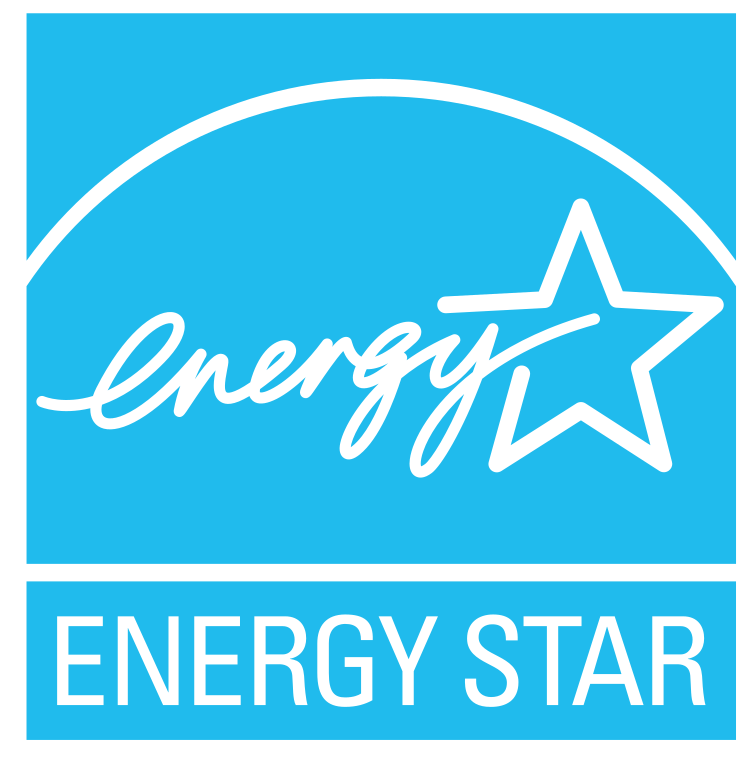As the cost to build a home increases, builders need to offset these costs with the prices they charge for their services.
Investing in energy efficiency presents a keen opportunity to save homeowners money and earn builders more value.
EnergyStar has helped pioneer the energy efficiency movement, creating industry benchmarks for appliances and buildings that contribute to a lower carbon footprint and benefit end users.
Learn what it means to be EnergyStar-certified and how builders and homeowners can equally benefit from investing in EnergyStar-certified buildings.
What Is EnergyStar?
EnergyStar is a program established by the U.S. Environmental Protection Agency (EPA) in 1992 to promote energy efficiency and reduce greenhouse gas emissions. The EnergyStar label is awarded to products and buildings that meet strict energy efficiency criteria set by the EPA, with the most recent standards being EnergyStar 3.1.
Buildings and products that earn EnergyStar certification may qualify for special rebates and tax credits.
What Makes EnergyStar Products Different?
EnergyStar-certified appliances consume less energy and generally last longer. Examples of EnergyStar-certified products include appliances, electronics, lighting, heating and cooling systems, and more.
While slightly higher in costs, EnergyStar products tend to retain a higher value, especially when improving a property’s overall value.
What Does EnergyStar Certification Mean for Buildings?
EnergyStar-certified buildings are considered to be substantially more energy-efficient than other existing homes on the market. According to data from EnergyStar, EnergyStar-certified buildings, on average, provide the following benefits:
- Consume 35% less energy than comparable buildings
- Consume 35% less GHGs than other comparable buildings
- Possess anywhere from a 1-35% higher sales price
- Have higher occupancy rates
EnergyStar-certified buildings will also help builders obtain their 45L tax credit.
Learn how to use EnergyStar 3.1 to acquire the 45L tax credit
But what makes an EnergyStar-certified building? Well, program requirements differ by state and building type. For example, each state follows a different version of SFNH National requirements. Each version typically follows a similar criteria, that includes:
- EnergyStar heating equipment
- HVAC performance standards that align with current ANSI/ RESNET/ACCA Standard 310 requirements.
- Completion of SFNH National Rater Design Review Checklist by a certified third-party inspector.
This guide provides a list of EnergyStar requirements for homes to be certified, or you can read the latest standards of SNFH National v3.2.
Commercial buildings have their own set of requirements. Most commercial EnergyStar buildings require an EnergyStar rating of 75 or 100. This score indicates that a building is more efficient than 75% of comparable buildings based on size, location, etc.
Benefits of EnergyStar Certification for Builders
While the benefits of EnergyStar certification are obvious for homeowners, why should builders invest in conforming to these standards?
- Enhanced Marketability: EnergyStar-certified homes are increasingly sought after by environmentally conscious homebuyers. The certification serves as a recognizable symbol of energy efficiency and quality construction, making the properties more marketable.
- Higher Resale Value: EnergyStar data supports the notion that energy-efficient homes carry a higher sales price, potentially earning builders an even higher profit on the margins.
- Government Incentives: Following EnergyStar standards will help most builders acquire the 45L tax credit. In some regions, builders may even qualify for government rebates that could save them money on building costs.
- Compliance with Regulations: As energy efficiency regulations become more stringent, EnergyStar certification can help builders ensure compliance with local building codes and benchmarking standards. By incorporating energy-efficient features into their designs, builders can future-proof their projects against evolving regulatory requirements.
The Importance of Working with EnergyStar Consultants
EnergyStar consultants play a crucial role in helping businesses and homeowners achieve EnergyStar certification. These professionals offer expertise in energy efficiency, building performance, and sustainability practices and guide clients through the certification process from start to finish.
By partnering with an EnergyStar consultant, you can position your buildings to achieve more savings via tax credits and earn more money at the final sale.
FAQs: EnergyStar Certification
Can existing buildings be retrofitted for EnergyStar certification?
Existing buildings can undergo energy efficiency upgrades and retrofits to improve performance and qualify for EnergyStar certification. Energy assessments, energy-efficient upgrades, and building envelope improvements are common strategies for retrofitting buildings for EnergyStar certification.
Are there specific requirements for EnergyStar certification?
Yes, EnergyStar certification criteria are very specific to building types, such as single-family, commercial, and multifamily homes. EnergyStar provides a list of requirements on this page.
Is EnergyStar certification recognized internationally?
While EnergyStar is a U.S.-based program, its principles and standards have been adopted by many countries worldwide. Several international organizations and initiatives promote energy efficiency and sustainability using criteria similar to those of the EnergyStar certification.

